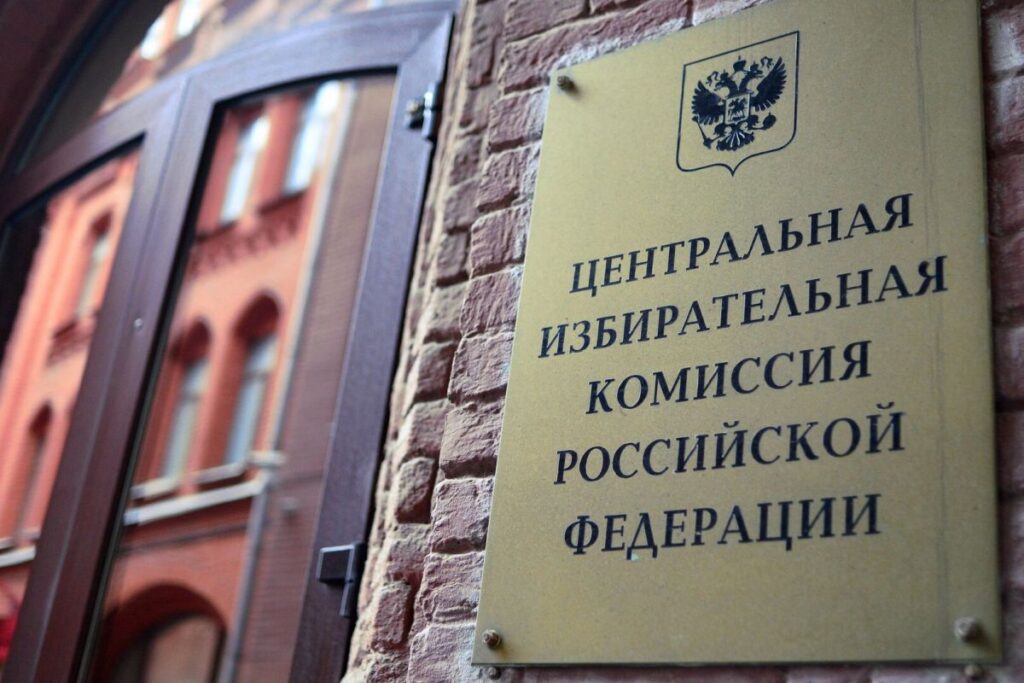MOSCOW (Realist English). Russia’s Central Election Commission (CEC) has approved a new electoral map that, for the first time, includes the Donetsk and Lugansk People’s Republics as well as the Kherson and Zaporizhzhia regions in the federal legislative framework. The decision, announced by CEC Chairwoman Ella Pamfilova in an interview with RIA Novosti, paves the way for residents of these territories to vote in the State Duma elections scheduled for September 20, 2026.
Under the newly approved scheme:
- Donetsk will have three single-member districts,
- Lugansk will have two,
- Kherson and Zaporizhzhia will each have one.
Pamfilova emphasized that the number of constituencies is calculated mathematically, based on the number of registered voters, using the representation norm of 495,835 voters per district, which applies uniformly across Russia. For example, Moscow, with roughly 8 million voters, will have 16 single-member districts under the same formula.
The updated map, which replaces the previous 2015 districting scheme, has already been submitted to the State Duma. Going forward, Russia will revise its electoral boundaries every five years rather than every ten, in accordance with recent legislative changes.
International oversight invited
Pamfilova also announced that invitations will be extended to international observers to monitor the 2026 election campaign — including voting in the newly integrated territories. “We are ready to welcome as many guests as express an interest in coming,” she said.
Citing the precedent of the 2024 presidential election, Pamfilova noted that 1,115 observers from 129 countries visited Russia during that campaign — which she described as an “unprecedented level of international attention” despite “tremendous pressure from Western institutions.” She added, “Life will ultimately put everything in its place.”
